During World War II, roughly 280,000 men and women from Louisiana served in the armed forces. There were over 30 military installations in the state, in addition to more than 40 prisoner of war camps. Louisiana industry supplied the Allied war machine with vital materials such as oil, synthetic rubber, and ships of all sizes. Civilians collected scraps, grew Victory gardens, and bought war bonds to build aircraft. Louisianans were all in it together, and this series highlights when the Pelican State went to war.
On June 6, 1944, thousands of Allied troops landed across five beaches on the coast of Normandy, France. It was the long-awaited invasion, a great Allied thrust upon which the hopes of millions of Europeans lay. One of the major associations that has become firmly entrenched in our collective memory of D-Day is the “Higgins boat.” An estimated 1,500 were used on June 6 to land troops and vehicles on French shores. But there is also a misconception when it comes to the ubiquitous “Higgins boat.” The term has become a catch-all for ramped landing craft, of which, Higgins produced two—the most-famous Landing Craft Vehicle Personnel (LCVP) and the lesser-known, though no less important, Landing Craft Mechanized (LCM), sometimes referred to as a tank lighter.
An LCM on Lake Pontchartrain in July 1944. The all-steel construction made the LCM stronger, capable of carrying a Sherman tank. Gift of Louis Gilmore, 2008.379.022.
The story of the LCM’s development is a quintessential Higgins story. During an April 1941 trip to Washington, DC Andrew Higgins saw a Bureau of Ships plan for a tank lighter, a large, ramped landing craft capable of landing a tank. Returning home, Higgins had his engineering department try their hand at a version of the vessel. The design was refined several times before it seemed promising. In late May, Higgins was asked to develop just such a vessel. The design was to be shown to a mixed board of representatives from the US Navy and Marine Corps. Higgins was notified that the group would be visiting New Orleans to examine his ramped bow landing craft (LCVP) and would be looking for an initial design for a tank lighter. In his book, Andrew Jackson Higgins and the Boats That Won World War II, Jerry Strahan recalled Higgins’ response to the request: “Higgins informed the board that when it arrived, instead of plans he would have a workable craft. ‘It can’t be done,” the navy replied. ‘The hell it can’t,’ Higgins shouted back, ‘you just be here in three days.’”
Higgins’ team got to work at their factory on Saint Charles Avenue. Taking an existing towboat hull, the team pulled it into the side street (Felicity Street), blocking the street off to work. As builders got to work cutting down the existing hull, another team was locked in an office by Higgins and told they could leave only when they had worked out a solution for a ramp. The ramp design on the LCVP would not work, but within just half a day a solution was found and ready to implement. When the board arrived three days later, a 45 foot tank lighter was ready for their inspection. Higgins’ team had completed the vessel, including design and construction, in 61 hours. The board tested the boat, and promptly placed an order for 50 of Higgins’ design. Designated the Landing Craft Mechanized, this “big and clunky older brother to the LCVP” was an all-steel design, unlike the wooden LCVP. With two engines, the LCM was capable of making 130 mile trips and could carry one 30 ton tank or 60 men fully loaded with gear. A heavy steel ramp allowed tanks to exit directly onto a beach. The design was modified during the war, with the boats getting larger to fit the changing needs of the US Army and Marine Corps.
-

Seen side by side in the center of the photo here are (L-R) an LCVP and two LCM. The size difference is notable, with the LCM as much as 14 feet longer, depending on the variant. The LCM was also significantly wider in order or accommodate a tank. US Army Signal Corps Photo, The National Archives.
-

GIs run out of an LCM also loaded with a jeep during a demonstration in July 1944 on Lake Pontchartrain. The larger size of an LCM allowed for greater cargo capacity. Gift in memory of Andres N. Horcasitas,2009.428.015.
As 1,500 “Higgins Boats” made their way to French shores on June 6, hundreds of LCMs were among them. Also known as “Mike” boats, for the alpha-numeric code for M, many hundreds, if not, thousands of American troops splashed down on the beaches in an LCM. Operating in units called flotillas, the LCMs mostly made the crossing on their own power; few were towed or transported aboard troop transports. If the crossing was rough on a troop transport, it was miserable in the open, low LCMs. As H-Hour neared, they pulled alongside troop transports, picking up men to ferry them ashore. Off Utah Beach, LCM Flotilla 2 prepared to land at Tare Green Beach.
One member of Flotilla 2 was Lieutenant (junior grade) Robert E. Bedford. In 2012, Bedford donated his collection of photos to The National WWII Museum. Though details on the photos are limited, some appear to have been taken early in the day on June 6. It is possible that Bedford’s LCM was part of a group of eight that went in just after the assault wave to drop off demolition teams and Airborne troops. At 6:50 a.m., these eight LCMs were heading to the shore when LCM 109 was hit by two 88 mm shells just 160 yards from the beach. The LCM was packed with a demolition team and their equipment. In a stroke of luck, the entire team was not immediately killed. The survivors were picked up by another LCM and taken ashore. The remaining LCMs landed at H+65 to unload army demolition equipment and Airborne troops. One of Bedford’s photos shows Airborne troops disembarking onto the beach.
-

One of Bedford’s photos, which shows an LCM landing troops on Utah Beach. On the right of the photo is a farmhouse used by LCM crews as a landmark on D-Day. On the left is a DD tank (Duplex-Drive M4 Sherman) and the road leading to Exit 2. Gift of Robert Bedford, 012.541.018.
-

One of Bedford’s photos. LCMs land troops on Utah Beach. On the right of the photo is a farmhouse used by LCM crews as a landmark on D-Day. A cargo carrier M29 Weasel has just debar., The National WWII Museum.
-

In this photo from Bedford, Airborne troops disembark from an LCM on Utah Beach. The troops are likely part of the 325th Glider Infantry Regiment, 82nd Airborne. Gift of Robert Bedford, 2012.541.023.
After retracting from the beach, the LCMs began a long day of ferrying men and equipment to the beach from transports miles offshore along with the other craft in their flotilla. Joined later in the day by 17 additional LCMs which had crossed the Channel from Dorset, England, the 66 remaining LCM of Flotilla 2 continued to ferry men and equipment back and forth from the beach for over a week. By mid-June, over a dozen of the vessels were no longer operable, and Bedford’s photo collection includes images of knocked out LCMs on the beach.
The work the men of Flotilla 2 carried out was constant and exhausting. They had gotten off to a rocky start when they set out from Dartmouth, England, on June 3. The invasion was postponed, and the convoy headed for Utah Beach was turned around. There was no rest for the crews of the LCMs, had to stay on station in the convoy, ready to leave as soon as the word came down. By 11 p.m. on June 6, the crews finally caught a break when they were ordered to tie up alongside transports for food and rest. They had been on their landing craft for over 72 hours.
Bedford made it through the landings, though not without a close call. At some point he was sleeping on his bedroll in the LCM when one of his crew called him to the helm. The LCM took some fire from German positions on the beach, and upon returning to his bedroll Bedford found it full of holes, torn up by shrapnel. The flotilla appears to have landed with no notable casualties. Even the 109 lost no crew. In the flotilla’s war diary, their commander, C. J. Alfke, explained the unit’s success: “The successful arrival of all LCMs at the Utah area under their own power, and the maintenance of a daily average of operational craft, which was far beyond the highest expectations, was mainly due to the courageous spirit, cooperative attitude, and the ability to endure trying conditions by all the enlisted personnel and division officers.”
-

Robert Bedford shows the shrapnel he found in his bedroll that he had briefly left on the deck of his LCM. After a crewmember called him to the helm he returned to find the bedroll torn by shrapnel. Gift of Robert Bedford, 2012.541.006.
-

LCM-73 grounded on Utah Beach. LCMs were often grounded and “dried out” as supplies were unloaded or minor maintenance performed. Gift of Robert Bedford, 2012.541.007.
-

Not all grounded landing craft were there temporarily. This LCM has been disabled and left on the beach. Gift of Robert Bedford, 2012.541.008.
There are no easy numbers for how many men landed in an LCM versus an LCVP. In their memories the two often meld together, so similar were they in design and function. As they stepped off the ramp into intense German fire, the misery of the wet, rocky landing became a distant memory as the struggle to keep alive became all that mattered. In his book, Strahan explains how unique it was that these craft were all known as Higgins boats:
“National reports on the invasions of the Solomons, the raids at Dieppe, the landings in North Africa, and the reoccupation of the Aleutian Islands all referred to the amphibious boats used in the operations, not by their military designation, LCM, LCVP, or LCPL, but as ‘Higgins Boats.’
Ships built by Kaiser sailed under names issued by the navy or the Maritime Commission, the airplanes manufactured by the major producers were known by a letter and numerical designation such as B-17, B-29, or an official nickname such as the Flying Fortress, but not by the name of the manufacturer, as was the case with the LCPL, LCVP, and LCM. Instead of using the military designations for landing craft, writers and soldiers alike simply referred to the amphibious craft as Higgins boats.”
As Strahan notes, Higgins craft and his company’s performance had given them an international reputation unlike any other major manufacturer during the war, forever sealing the identity of his landing craft as Higgins boats.
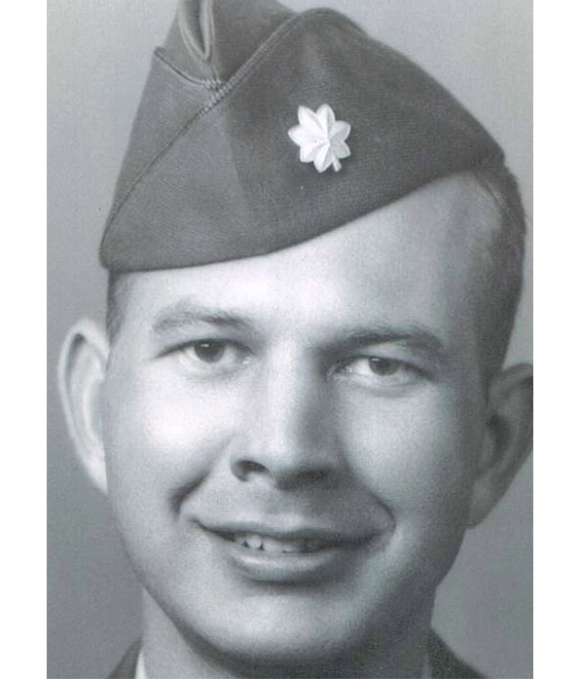
Louisiana Spotlight: Captain Frank H. Walk, US Army
Landing thousands of men and vehicles over a beach requires coordination and organization. On Omaha Beach, Louisiana native Frank H. Walk kept men and equipment moving and organized.
Kali Martin
Kali Martin is a former Research Historian of The National WWII Museum's Jenny Craig Institute for the Study of War and Democracy.
Cite this article:
MLA Citation:
APA Citation:
Chicago Style Citation:
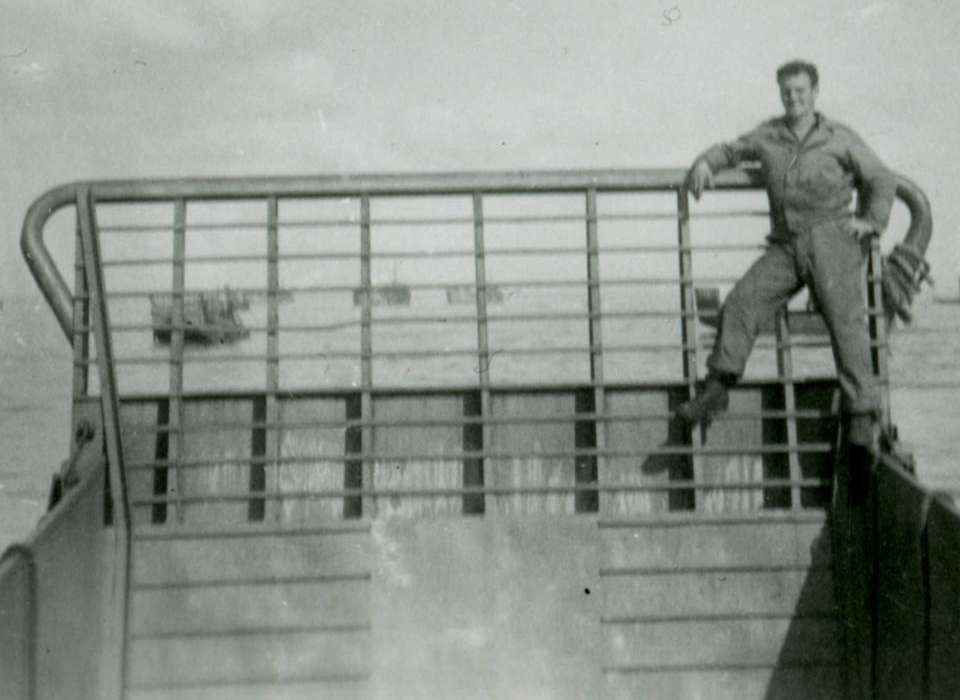
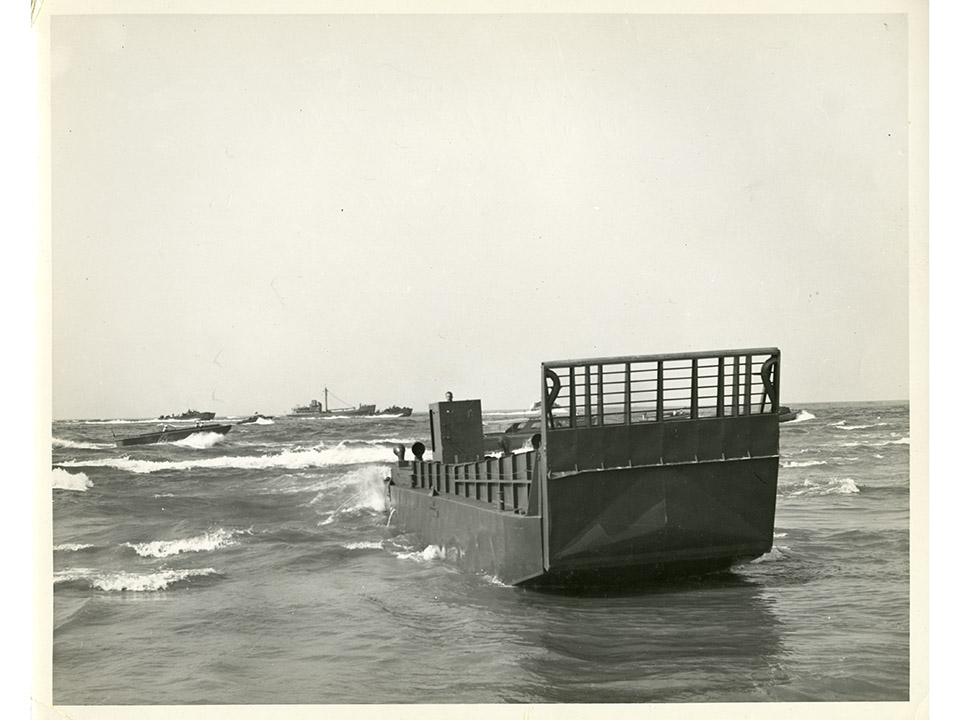
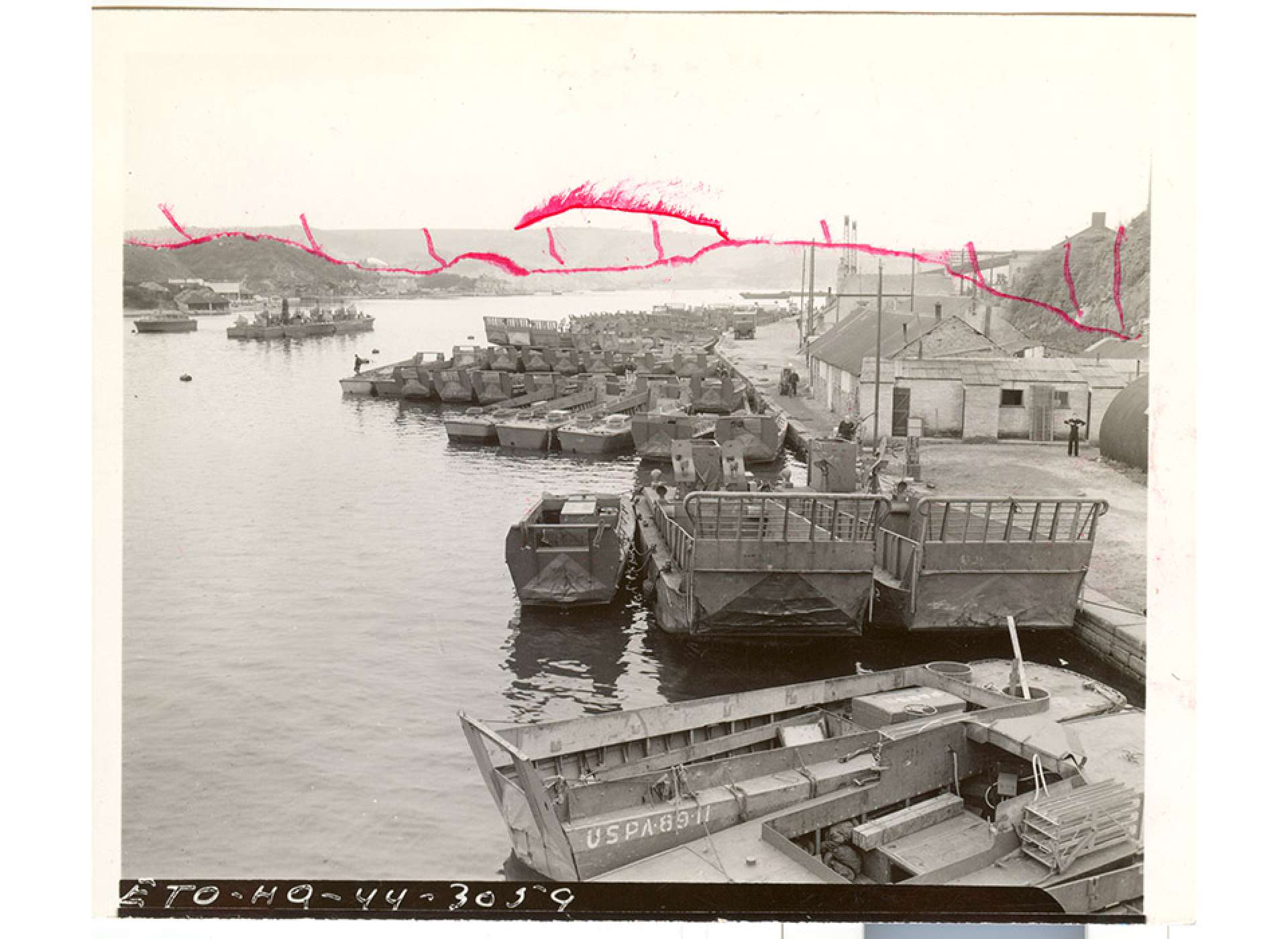
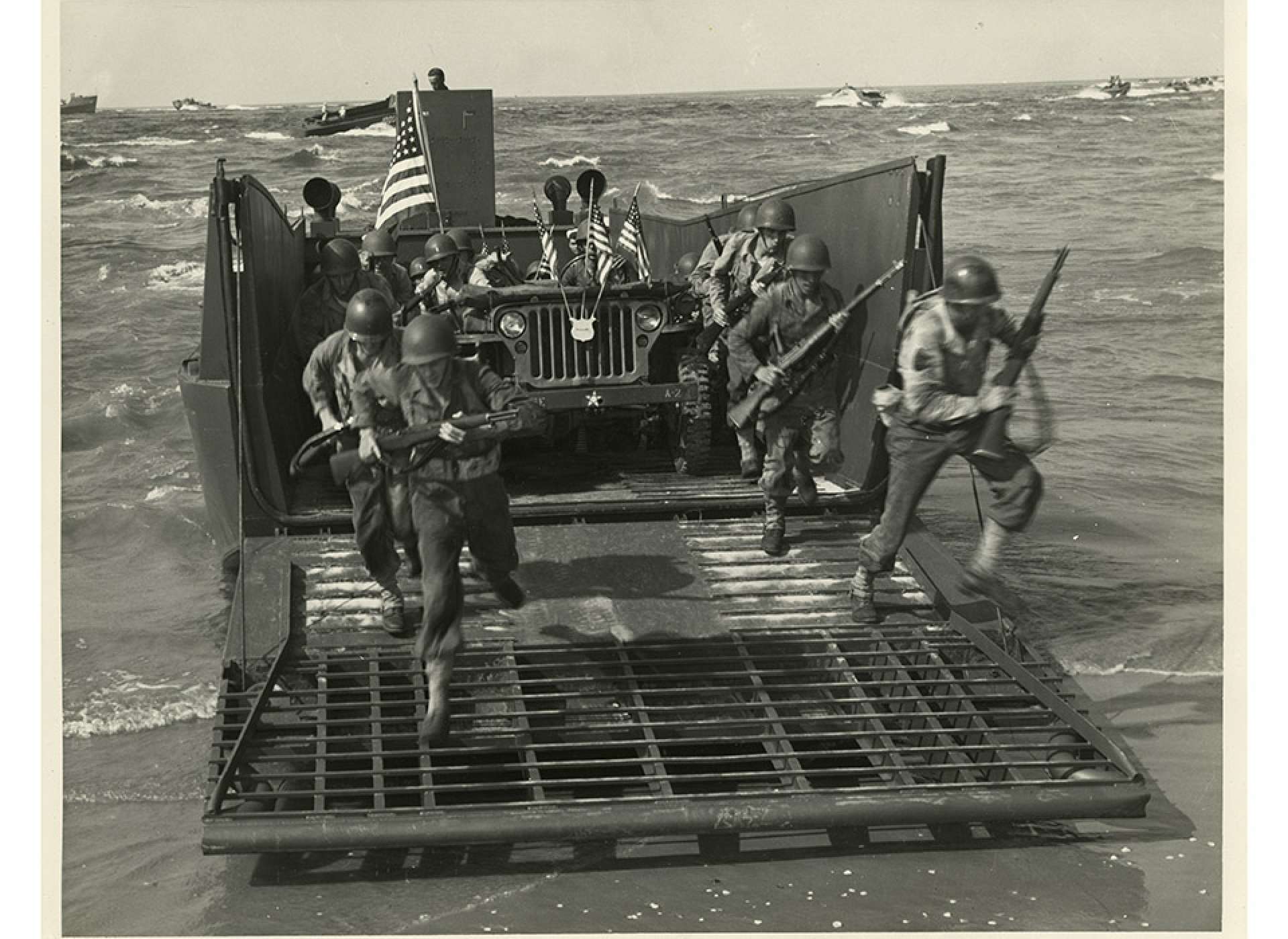
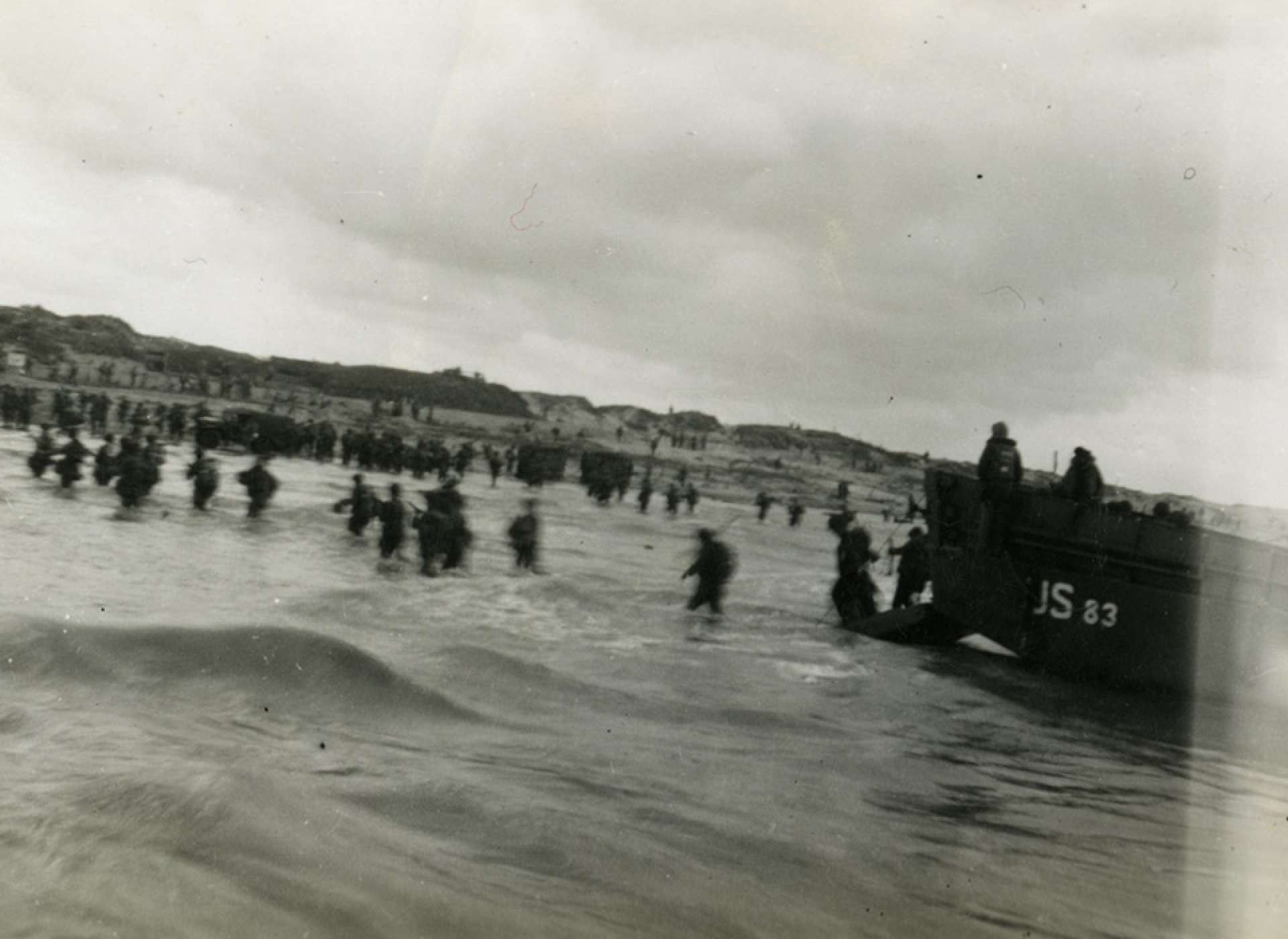
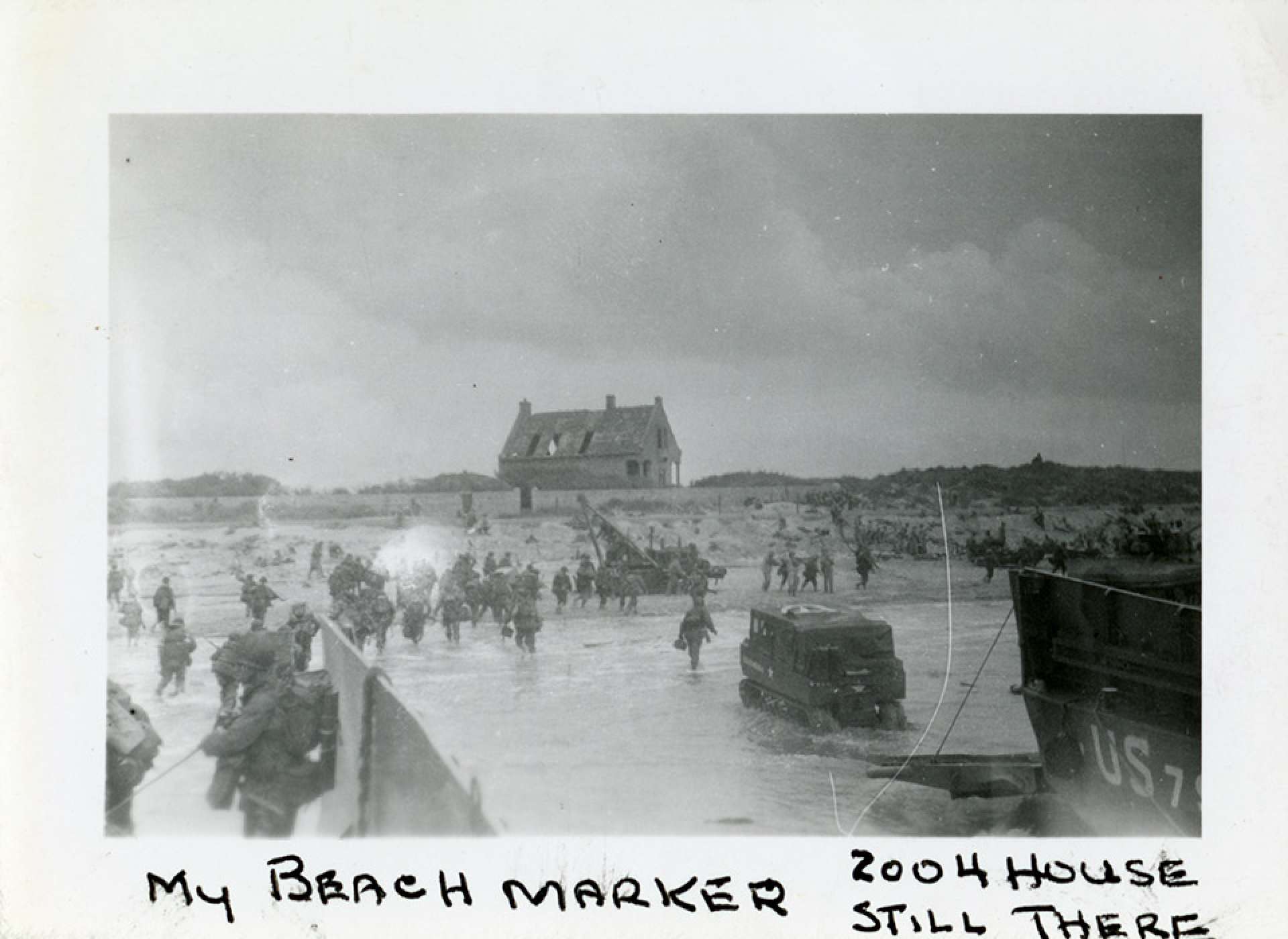
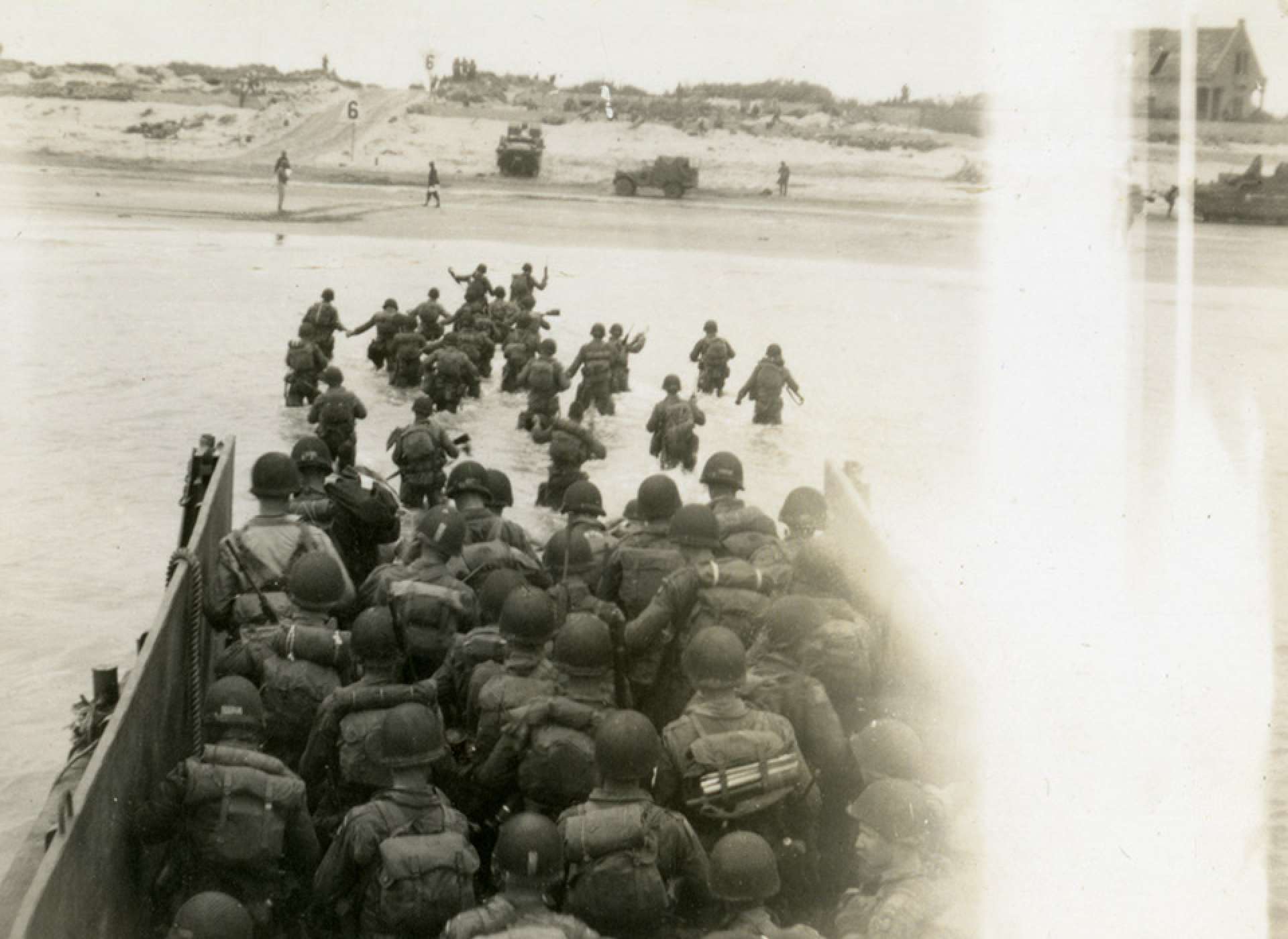
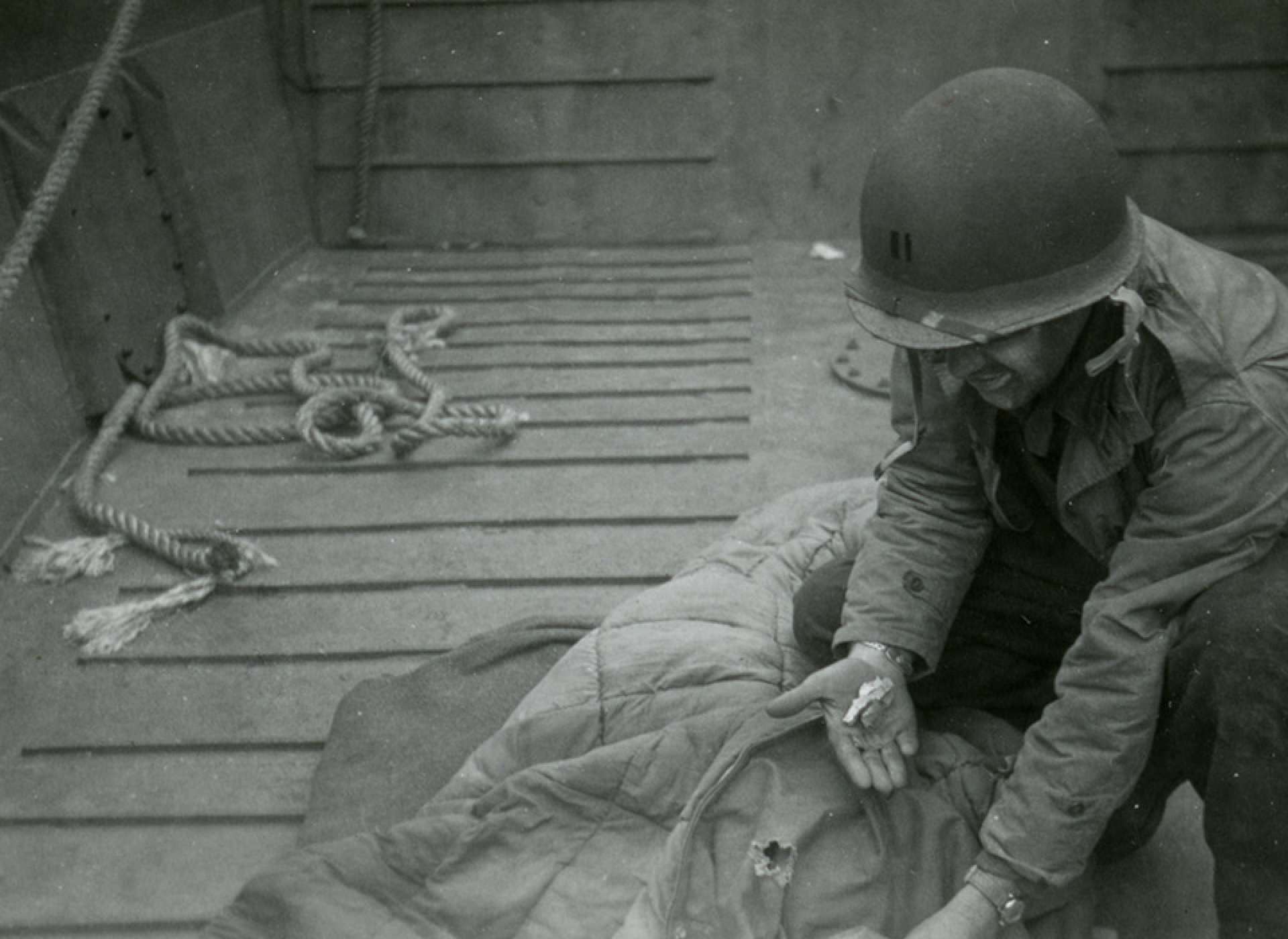
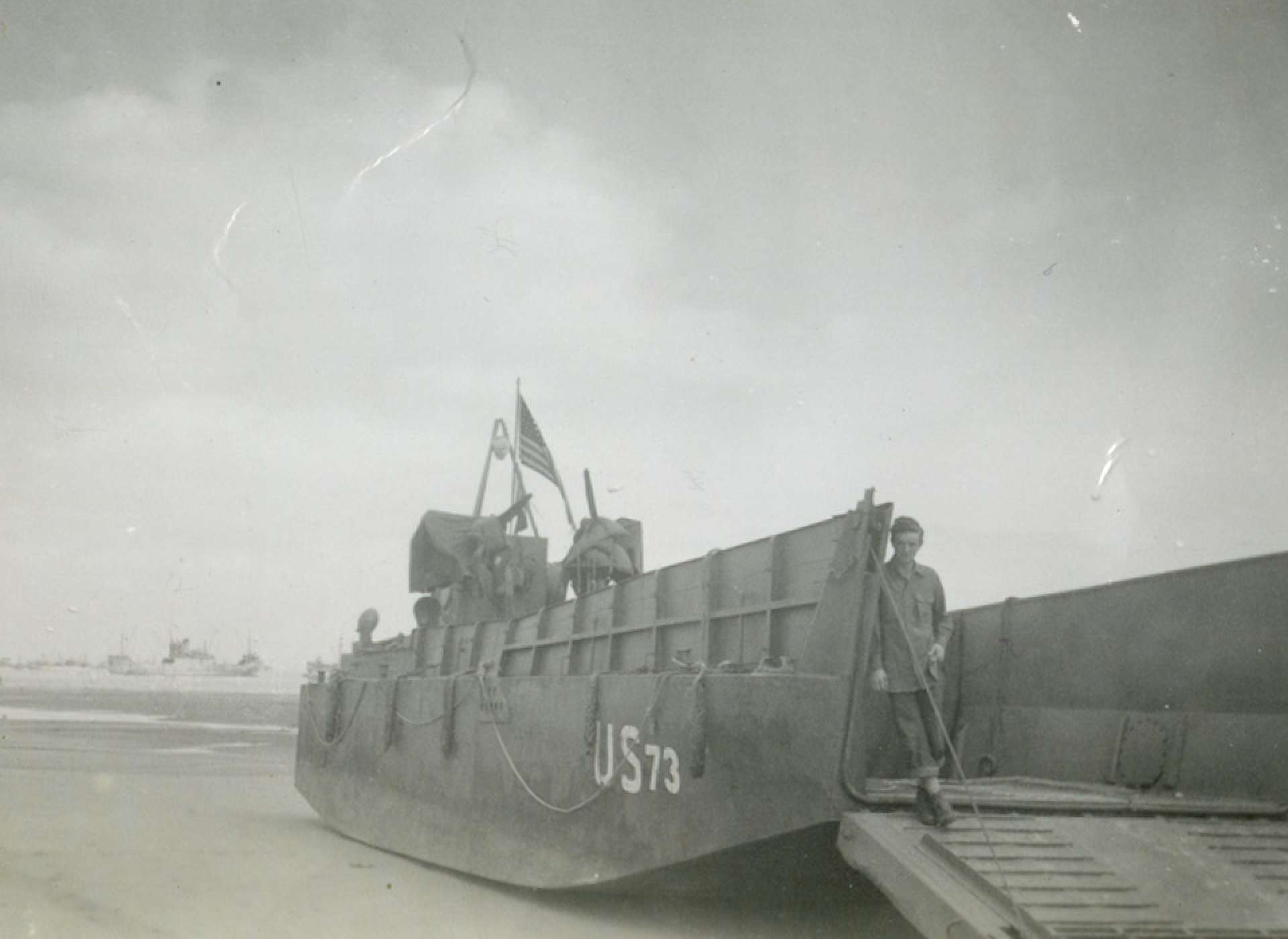
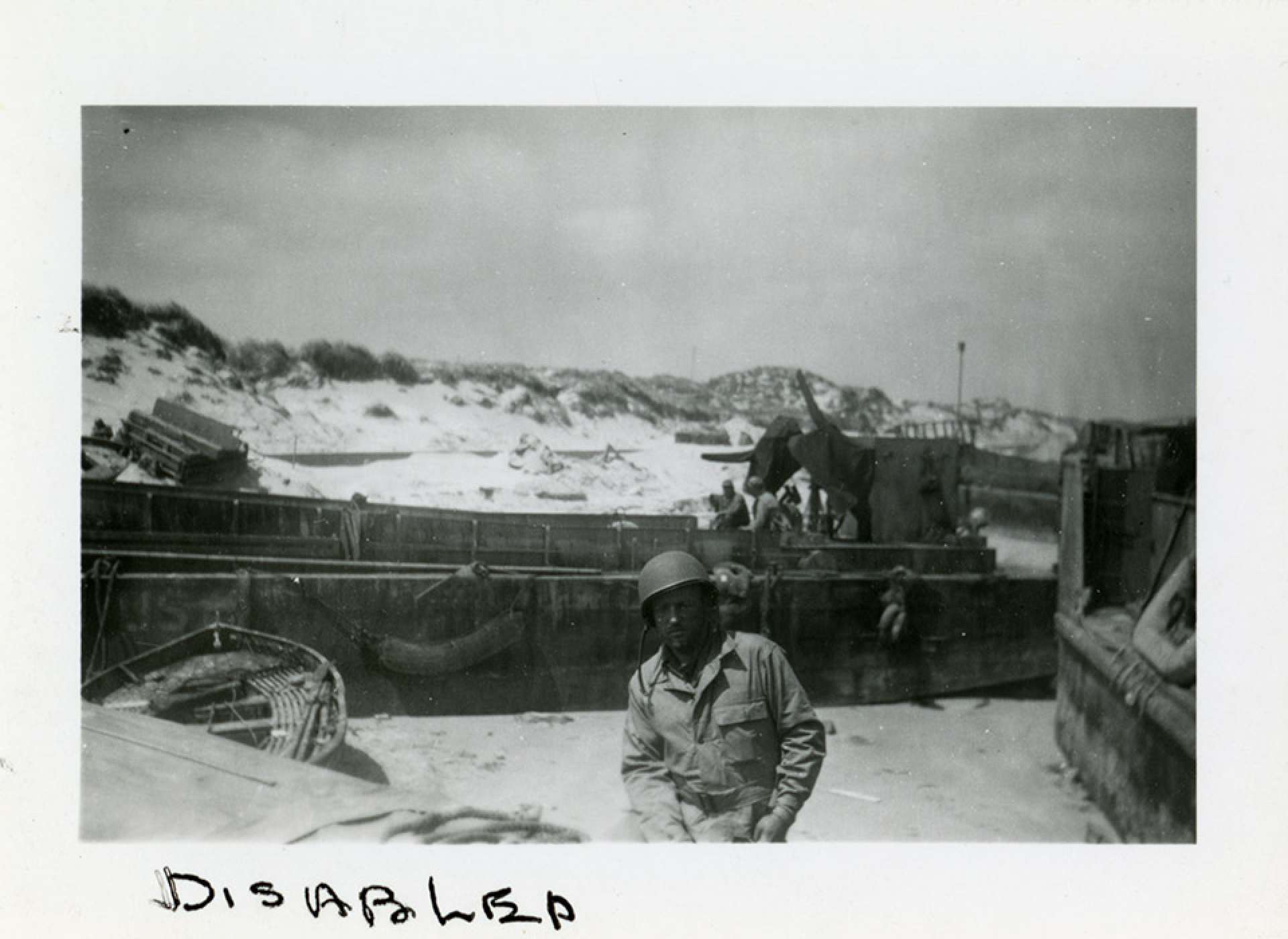




![Max Fuchs, New York City cantor, sings as Rabbi Sydney [sic] Lefkowitz, Richmond, VA, conducts the first Jewish services from Germany.](/sites/default/files/styles/max_650x650/public/2025-10/image1.jpg)



